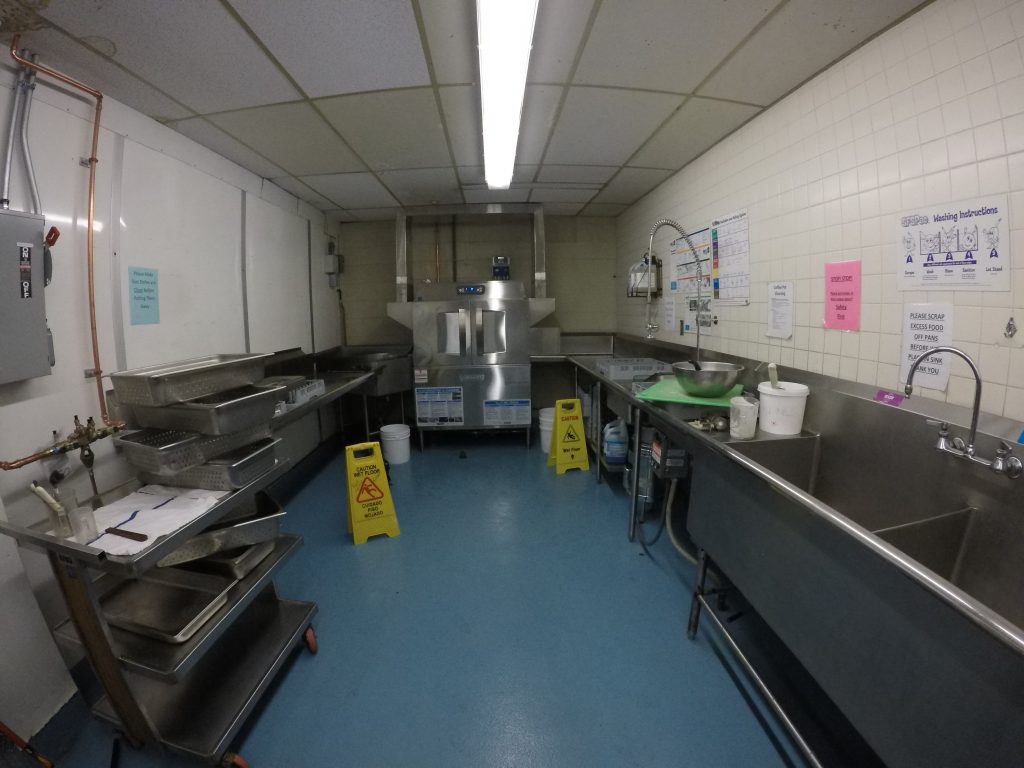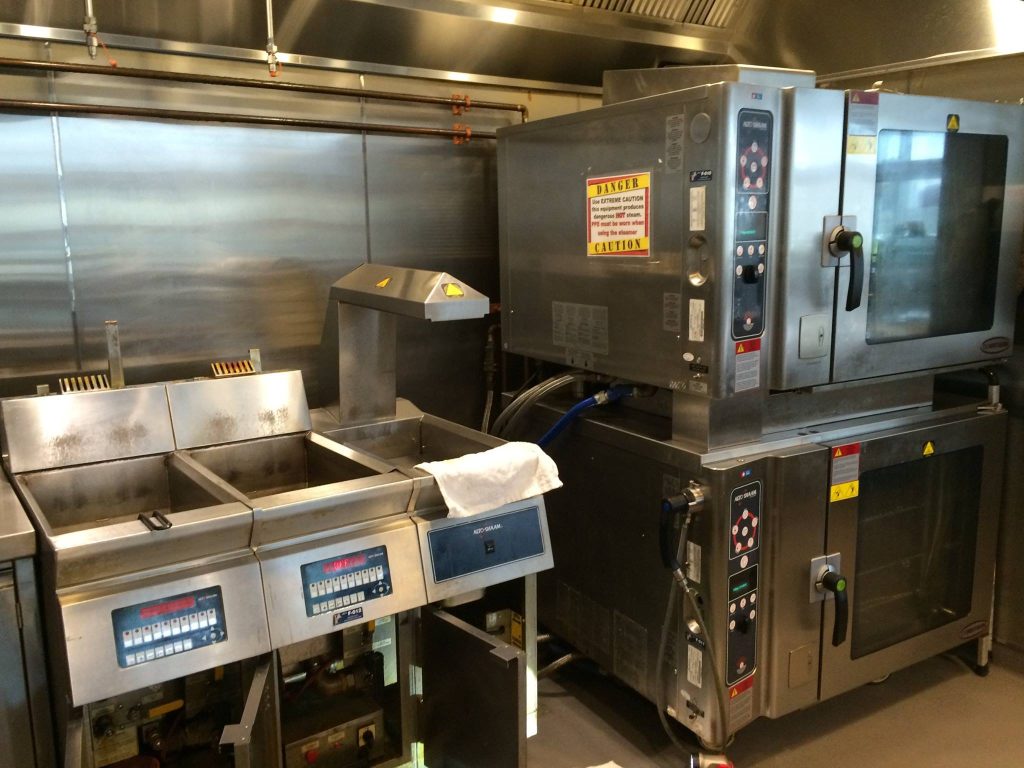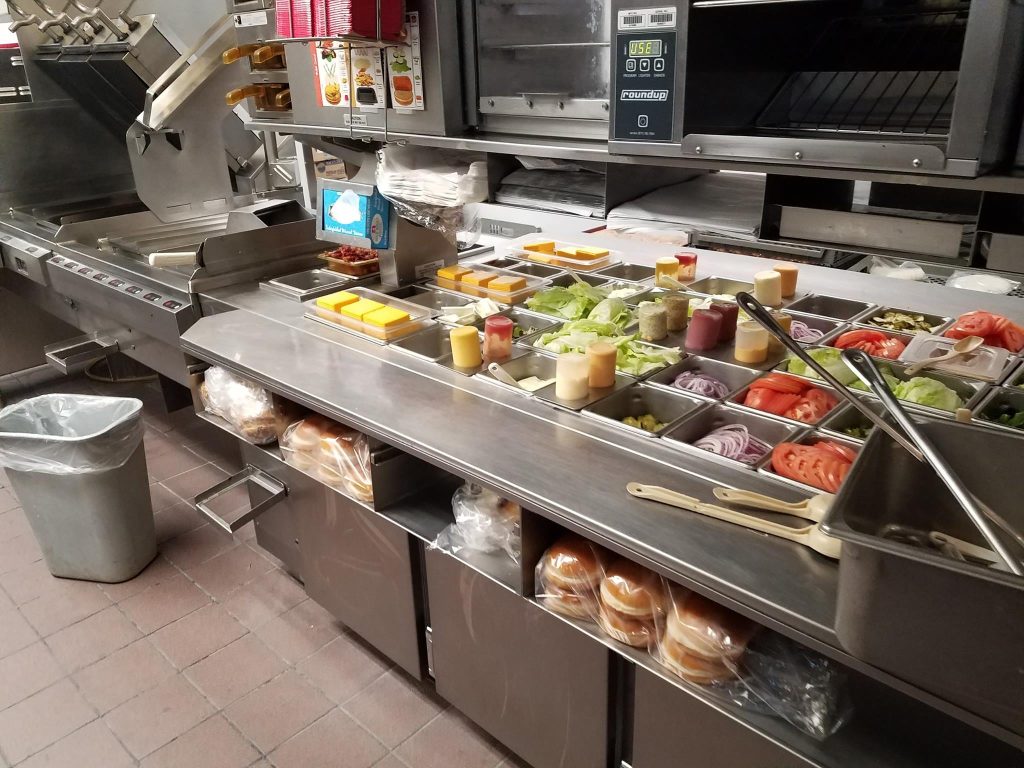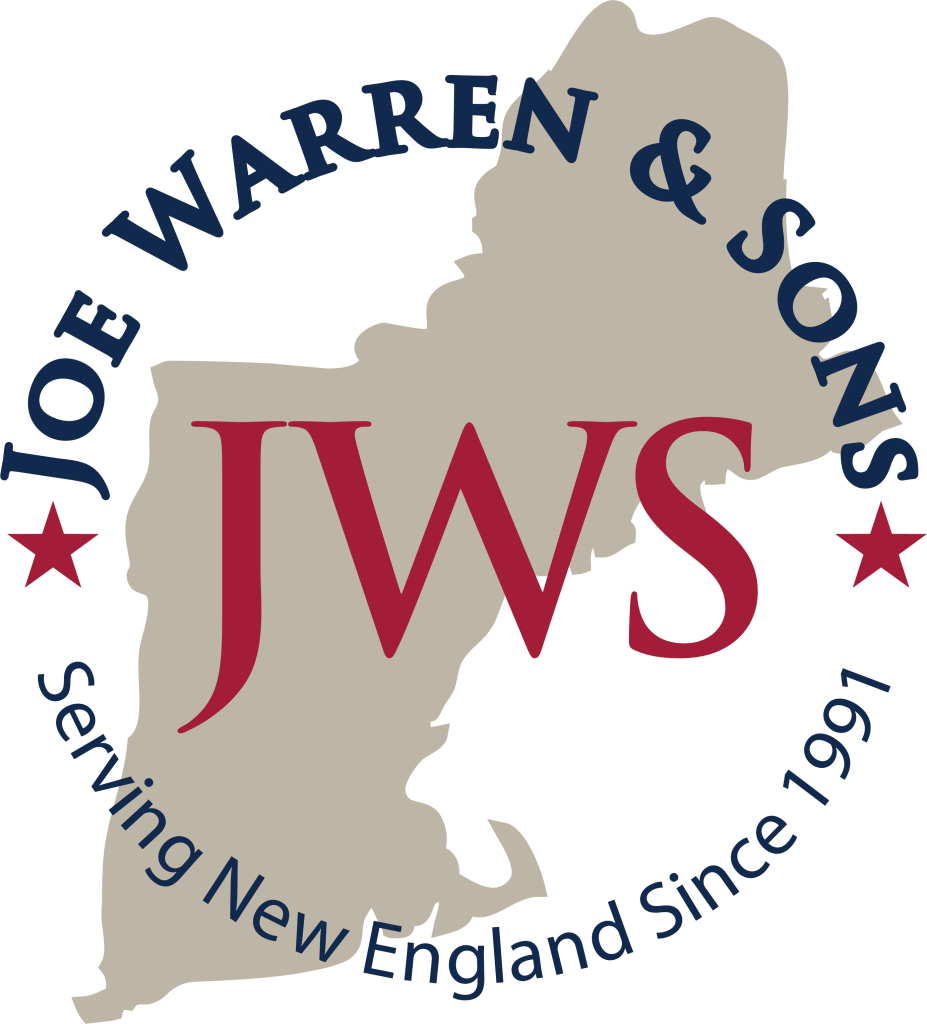When working in a commercial kitchen environment, ensuring that your employees are safely operating the equipment and being extra careful when navigating throughout the kitchen is of the highest importance. Below are a few articles and helpful tips that will help bring awareness to safety in the workplace, and what you can do to ensure that your staff is aware of potential risks and best practices. Also check out our Blog for other interesting articles and content.
Helpful Resources
10 Easy-to-Implement Restaurant Kitchen Safety Tips
The main cause of injury and illness in the hospitality industry is an unsafe work environment. Whether it be a small coffee shop or a large fast food franchise, the commercial kitchen is a dangerous place to work; fortunately, maintaining a safe kitchen is pretty easy to do.


Commercial Kitchen Safety
Cooking is fun, but kitchen safety is a priority. Think about it: Knives! Fire! Bacteria! Observing basic rules of kitchen safety is a good habit to develop. Always pay attention to what you’re doing in the kitchen because one slip can cause serious injury or accidents. If you work in a commercial kitchen, food quality and fast service are often the main focus, but without safety, the cuisine and the workers can come up cold.
10 Food Safety Tips for Your Commercial Kitchen
A commercial kitchen can sometimes be so hectic that it can be hard to ensure everything is done properly, however, it’s the duty of you and your staff, including the chef, to make sure that everything runs smoothly. By following these 10 food safety tips for your restaurant, you’ll make sure all of the standards are met and you only provide the best for your customers.

